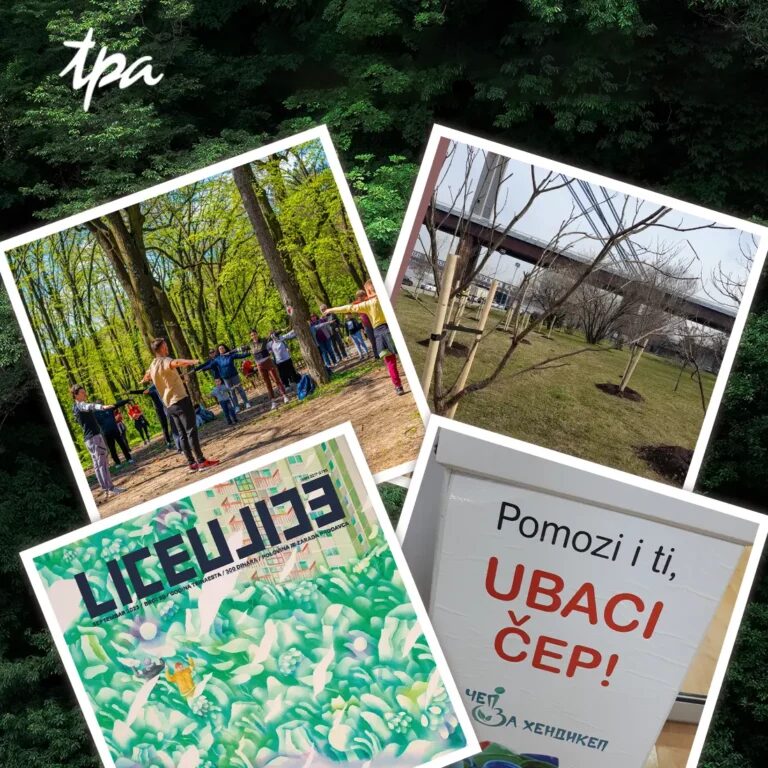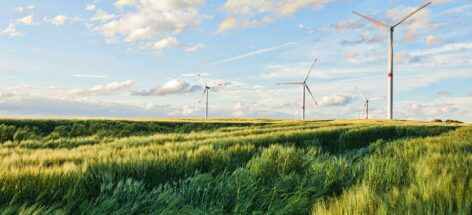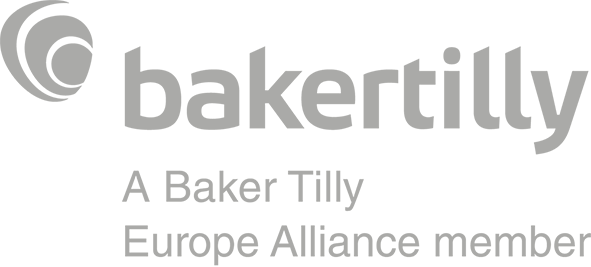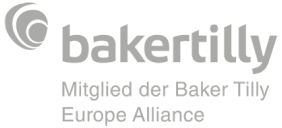14. August 2023
Reading Time: 5
Min.
news
ESRS E5 – Resource use and circular economy
The ESRS E5 is one of 5 environment-specific standards of the European Sustainability Reporting Standards. The standards were developed by EFRAG and are to be applied in accordance with the CSRD. This article is based on the English final draft of the ESRS E5.
What is the ESRS E5 about?
ESRS E5 is intended to specify the information to be disclosed regarding resource use and circular economy, in particular information regarding resource inflows (including the circularity of material resource inflows) and on resource outflows (including information on products and materials).
What is circular economy?
Circular economy is understood to be an economic system in which the value of products, materials and other resources is maintained for as long as possible. This is achieved by improving their efficient use in production and consumption so that environmental impacts of their use, waste and the release of hazardous substances are reduced at all stages of the product’s life cycle.
What should companies disclose under ESRS E5?
The undertaking shall report on all measures taken to prevent, mitigate actual or potential negative impacts of resource use and circular economy and the results of these measures. Furthermore, the undertaking’s plans and capacities to adapt its business model and operations to the principles of a circular economy shall be disclosed. Additionally, the impact of risks and opportunities on the undertaking’s short-, medium- and long-term development, performance and position, and thus on its ability to create enterprise value, shall be addressed.
Interactions with other ESRS
Since ESRS E5 is closely related to other environmental topics, there are various overlaps, particularly with respect to other environmental standards such as climate change (ESRS E1), pollution (ESRS E2), water and marine resources (ESRS E3), and biodiversity and ecosystems (ESRS E4).
Circular economy is a system that tends to a more sustainable production and consumption, bringing numerous benefits to the environment. In this context, especially the reduction of energy consumption and emissions to air, the limitation of water abstraction and discharge, and the regeneration of nature are dealt with in the respective ESRS and thus only indirectly in ESRS E5.
As the topic around resource use and circular economy impacts communities, there are also overlaps with regard to ESRS S3. Material negative impacts from resource use and circular economy impacts attributable to the undertaking are thereby addressed in ESRS S3.
ESRS E5 disclosure requirements
The E5 standard includes six environmental disclosure requirements (E5-1 bis E5-6) as well as one requirement from ESRS 2 (ESRS 2 IRO-1). For an overview, these are listed in table 1 and described in the following subchapters (without claiming to be complete)
| 1 | Disclosure requirement ESRS 2 IRO-1 | Description of the processes to identify and assess material resource use and circular economy-related impacts, risks and opportunities |
| 2 | Disclosure requirement E5-1 | Policies related to resource use and circular economy |
| 3 | Disclosure requirement E5-2 | Actions and resources related to resource use and circular economy |
| 4 | Disclosure requirement E5-3 | Targets related to resource use and circular economy |
| 5 | Disclosure requirement E5-4 | Resource inflows |
| 6 | Disclosure requirement E5-5 | Resource outflows |
| 7 | Disclosure requirement E5-6 | Potential financial effects from resource use and circular economy-related impacts, risks and opportunities |
1. Disclosure requirement ESRS 2 IRO-1 – Description of the processes to identify and assess material resource use and circular economy-related impacts, risks and opportunities
The undertaking shall describe the procedures to identify the material impacts, risks and opportunities related to resource use and circular economy. In particular, the methods and tools used to review assets and activities, the linkage of risks and opportunities arising from impacts and dependencies, and procedures for conducting consultations, especially with affected communities, shall be addressed.
2. Disclosure requirement ESRS E5-1 – Policies related to resource use and circular economy
The undertaking shall disclose policies that manage the material impacts, opportunities and risks associated with resource use and circular economy. In particular, it shall disclose whether and how the undertaking’s policies address the shift away from the extraction of non-renewable resources and how they contribute to the production of renewable resources and the regeneration of ecosystems.
3. Disclosure requirement ESRS E5-2 – Actions and resources related to resource use and circular economy
The undertaking shall report on the resource use and its measures regarding circular economy and the resources allocated to them. The description of the resource use and circular economy related measures shall follow the principles defined in ESRS 2 CCR-2. In addition to this description, the undertaking shall indicate whether and how an action and resource covers one of the levels of the waste hierarchy (prevention; preparing for reuse; recycling; other recovery; disposal) or a more detailed circular economy strategy for the entire value chain of the product (refuse; rethink; reduce; reuse; repair; refurbish; remanufacture and repurpose; recycle). Furthermore, the circular economy measures taken in the upstream and downstream value chain to avoid the generation of waste, shall be indicated.
4. Disclosure requirement ESRS E5-3 – Targets related to resource use and circular economy
The undertaking shall describe the resource use and circular economy targets set, indicating whether and how these targets relate to inflows and outflows, as well as the increases in circular design, minimization of the proportion of non-renewable raw materials, and other targets. The description of the targets shall also address whether (local) environmental and or company-specific thresholds were considered in setting the targets and, if so, how they were determined.
5. Disclosure requirement ESRS E5-4 – Resource inflows
The undertaking shall provide information on the material resource inflows. The information shall include a description of the material inflows, such as products including packaging and materials, and property, plant and equipment used in its own operations and along the value chain. Undertakings operating in a “key products value chain” (e.g. batteries; vehicles; packaging; plastics; textiles; construction and buildings) as defined in the EU Circular Economy Action Plan shall furthermore report the following:
- the total weight of products and materials used during the reporting period
- the absolute value and percentage of renewable input materials used to produce the products and services
- the weight of reused or recycled products and materials
6. Disclosure requirement ESRS E5-5 – Resource outflows
The undertaking shall provide information on the main resource outflows, including waste. A description of the main products and materials produced by the undertaking and designed along circular principles shall be provided, including durability, reusability, repairability, disassembly, remanufacturing, refurbishment. Undertakings operating in a “key products value chain” (e.g., batteries; vehicles; packaging; plastics; textiles; construction and buildings) as defined in the EU Circular Economy Action Plan shall additionally report the following:
- the total weight and percentage of materials recovered from the production process of the undertaking’s products and services
- For materials from the production process designed along circular principles, various properties such as durability, reusability and refurbishment must also be stated
In addition, the undertaking should provide information on the total amount of waste generated in the company, distinguishing between hazardous and non-hazardous waste.
7. Disclosure requirement ESRS E5-6 – Potential financial effects from resource use and circular economy-related impacts, risks and opportunities
The undertaking shall report on its potential (positive and negative) financial effects of material risks and opportunities arising from resource use and circular economy impacts. In addition a quantification of the potential financial effects on the entity’s financial position and performance in monetary terms shall be disclosed. However, this may be omitted in the case of financial impacts due to opportunities if the resulting disclosures do not meet the definition of qualitative characteristics of information in ESRS 1.








